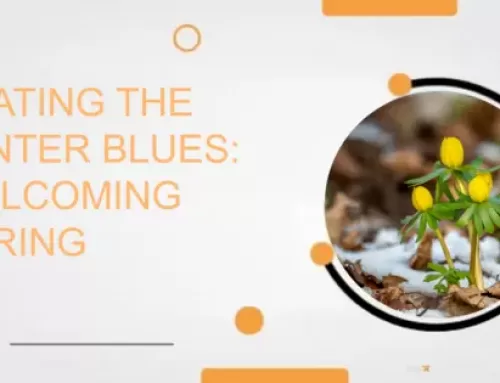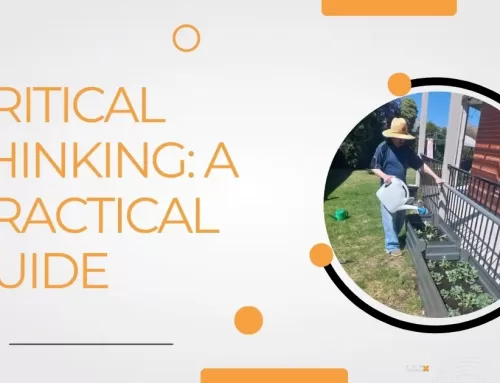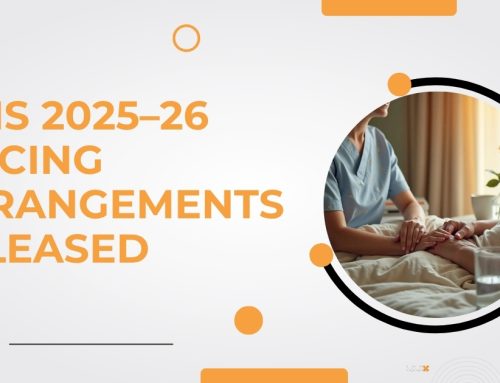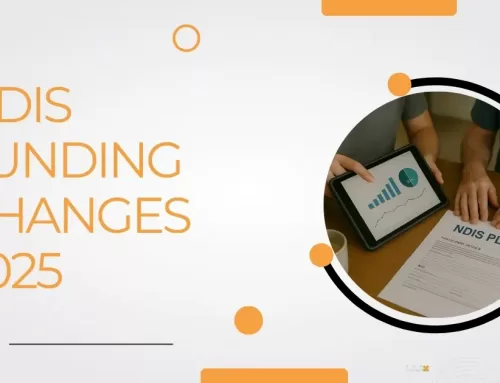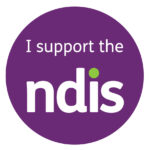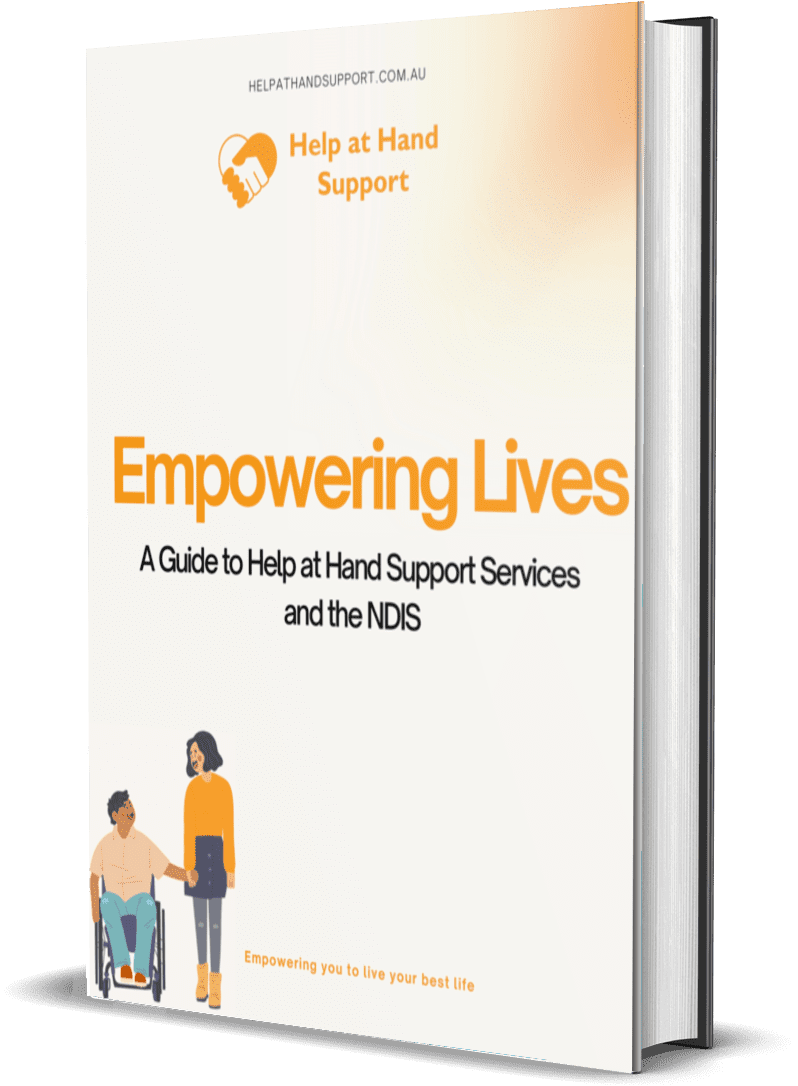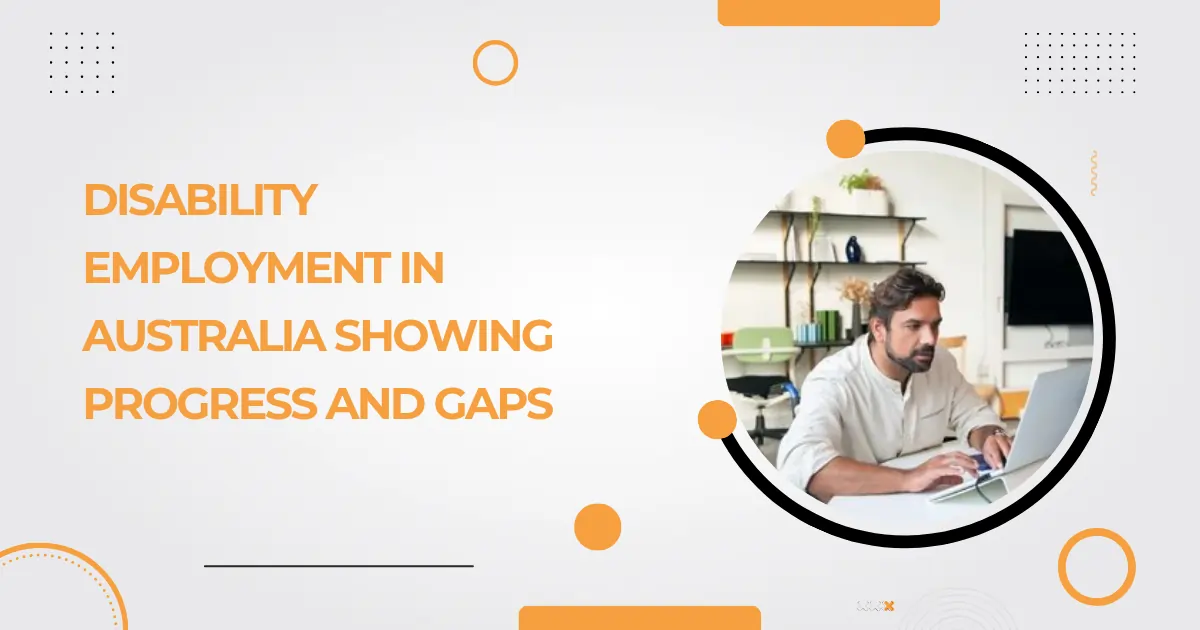
How Many NDIS Participants Earn Full Award Wages
Only 23% of NDIS participants aged 15–64 earn full award wages, although the figure is steadily increasing.
- 64% of participants with hearing impairments earn full wages
- 12% for those with acquired brain injuries
- 6% for those with Down syndrome
This disparity highlights how the type of disability significantly impacts employment outcomes.
Are More People with Disabilities Working in the Public Sector
Yes, public sector representation has improved but remains below target levels.
As of June 2024, 5.4% of public service employees identified as having a disability, up from 5% in 2021. An ongoing effort is needed to achieve equitable representation.
Are Employment Rates Improving for Young People with Disabilities
Yes, but progress varies by disability type and overall gains remain modest.
Employment among NDIS participants aged 15–24 increased to 20% in 2024, up from 18% the previous year. Youth with hearing impairments are more likely to secure work than peers with intellectual or psychosocial disabilities.
Is Support at Work Declining for People with Disabilities
Yes. Fewer participants feel supported in the workplace than in previous years.
The percentage of NDIS participants reporting they receive enough support at work fell from 66% in 2021–22 to 63% in 2024–25. This highlights the need for better accommodations and employer awareness.
Is Youth Employment for People with Disabilities Improving Fast Enough
No. The rate of progress remains too slow to meet demand.
In 2022, 80% of young people with disabilities in the labour force were employed, a slight increase from 76% in 2018. More proactive support is needed for youth transitioning to work.
Is the Unemployment Gap Narrowing
Yes, but the difference is still significant.
The gap between people with and without disabilities decreased from 4.7% in 2018 to 3.9% in 2022. Closing this gap further requires systemic change and inclusive hiring practices.
Has the Wage Gap Improved
Only slightly. Wage inequality remains a significant issue.
The average weekly earnings gap changed from $443 in 2018 to $480 in 2022. Although a minor improvement, wage parity remains far from achieved.
What Needs to Happen to Build a More Inclusive Workforce
A truly inclusive workforce requires action across access, equity, and ongoing support systems.
To close employment gaps and create meaningful pathways for people with disabilities, Australia must prioritise the strategies mentioned below.
- Expand job readiness and transition-to-work programs for young people with disabilities to build confidence, skills, and work experience.
- Implement inclusive recruitment policies in both the public and private sectors to remove barriers and create equal opportunities for all.
- Increase funding for customised workplace supports, including on-the-job coaching, assistive technologies, and flexible arrangements.
- Implement wage equity measures through stronger oversight, fair pay policies, and employer accountability frameworks.
- Strengthen NDIS employment support pathways to ensure participants receive consistent, individualised assistance aligned with their goals.
Each of these actions supports sustainable inclusion, helping individuals with disabilities thrive in work and community life.
How Help at Hand Support Services Contributes
We empower participants to pursue employment and independence through community-based supports.
Our team can assist with:
- Employment planning and coordination
- Community access and life skills development
- Support with job applications and interview preparation
- Accessing employment supports through your NDIS plan
If you are working toward employment goals, we are here to help you every step of the way.
How Community Access Services Support Employment Goals
Access to community-based activities is a vital stepping stone toward meaningful employment for people with disabilities.
For many NDIS participants, building confidence in social settings, navigating transport, and engaging in structured group programs are essential precursors to entering the workforce.
At Help at Hand Support Services, our Community Access program supports participants in improving communication, developing independence, and connecting with training or job-readiness programs.
Whether it is attending vocational workshops, exploring volunteering opportunities, or simply gaining confidence through consistent social engagement, community access plays a crucial role in employment pathways.
Check out more from our Blog
Book A Care Consult
We will be in contact with you shortly

